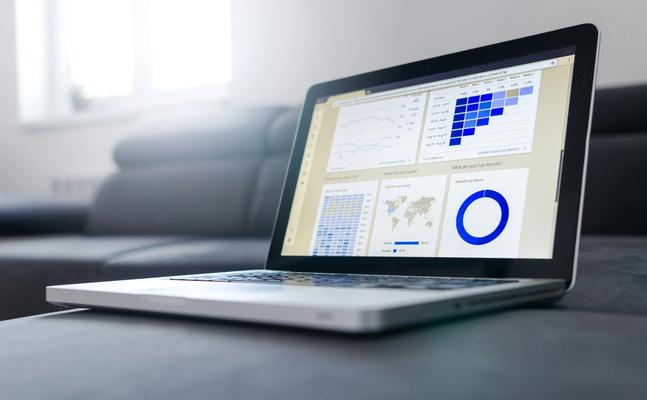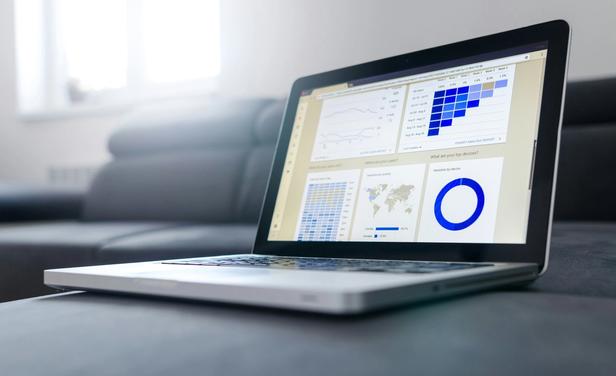In an increasingly competitive multifamily landscape, owners and operators need every advantage to optimize operations, reduce costs and improve the resident experience. Smart technology provides a wealth of data that, when leveraged effectively, drives better decision-making and improves net operating income (NOI). From energy consumption and maintenance needs to amenity usage and resident traffic patterns, data-driven insights empower operators to make informed choices that boost efficiency and profitability.

Collecting and analyzing data with smart technology
Smart home technology and property management platforms generate a continuous stream of data that, when analyzed, provides actionable insights. These data points include:
Energy usage: Smart thermostats and lighting systems track real-time consumption, helping operators identify inefficiencies and implement energy-saving strategies.
Occupancy patterns: Smart locks, sensors and keyless entry systems provide insights into resident traffic patterns, allowing for better resource allocation and security planning.
Maintenance requests and system diagnostics: IoT-enabled sensors can detect leaks, HVAC inefficiencies and electrical issues before they become costly repairs.
Amenity usage: Smart access systems track community space usage, helping operators tailor amenity offerings to resident preferences.
When aggregated and analyzed through centralized platforms, this data reveals patterns, predicts needs and supports strategic decisions that streamline operations and improve the resident experience.
Driving operational efficiency and cost savings
Data-driven decision-making helps optimize operations and reduce costs almost immediately. Smart technology automates routine tasks and provides proactive insights that eliminate inefficiencies. Key examples include:
Energy optimization: Smart thermostats, automated lighting controls and demand-based HVAC systems use real-time data to adjust energy usage based on occupancy, reducing waste and lowering utility costs.
Predictive maintenance: Sensors that monitor water pressure, HVAC performance and electrical loads help detect issues before they escalate into expensive repairs. Proactive maintenance planning reduces downtime and emergency repair costs.
Streamlined move-ins and move-outs: Digital access management allows for remote lock control during move-ins and move-outs, reducing the need for on-site staff involvement in key handovers and security resets.
Optimized staff allocation: Data from maintenance requests, work order completion times and resident service interactions help managers deploy staff resources where they are needed most, improving efficiency.
By automating workflows and uncovering insights, operators can maintain high service levels while managing costs more effectively.
Enhancing the resident experience and retention
Beyond operational efficiencies, data-driven insights help multifamily operators enhance the resident experience, which is key to improving retention rates and driving long-term revenue growth. Smart technology enables:
Personalized amenity offerings: Data on community space usage and resident preferences allows property managers to tailor amenity offerings, whether it’s expanding coworking spaces, adjusting gym hours or enhancing package delivery solutions.
Proactive communication: Automated alerts for maintenance updates, rent reminders and community event notifications create a seamless communication experience, improving resident satisfaction.
Smart home customization: Features like app-controlled lighting, climate control and voice-activated devices enable residents to personalize their living spaces, increasing convenience and comfort.
Enhanced security and access control: Mobile-enabled keyless entry, visitor tracking and real-time security monitoring contribute to a safer and more connected living environment.
When residents experience convenience, personalization and peace of mind in their homes, they are more likely to renew their leases—reducing turnover costs and maintaining high occupancy rates.
Implementing a data-driven strategy for smart tech adoption
For multifamily operators looking to harness the power of smart technology, a strategic approach is essential:
Assess property needs: Identify inefficiencies, high-cost areas and resident pain points where smart tech can provide solutions.
Implement in phases: Start with pilot programs to test key technologies before scaling across the portfolio.
Utilize analytics platforms: Invest in property management software that integrates smart device data and provides actionable insights.
Train staff and educate residents: Ensure both property managers and residents understand how to maximize the benefits of smart technology.
Continuously refine based on data: Regularly review analytics to adjust strategies, optimize performance and stay ahead of industry trends.

Turning data into a competitive advantage
Incorporating data-driven decision-making into multifamily operations is no longer optional—it’s a necessity in today’s competitive market. Smart technology provides operators with the tools to enhance efficiency, reduce costs and improve the resident experience. By leveraging these insights, multifamily owners and operators can drive NOI, increase retention and help to future-proof their properties.
Want to learn more about specific smart tech solutions for your multifamily property? Download our Smart Apartments 101 guide. Discover how our suite of data-driven technology solutions can help transform your operations, and book a demo today to get started.

